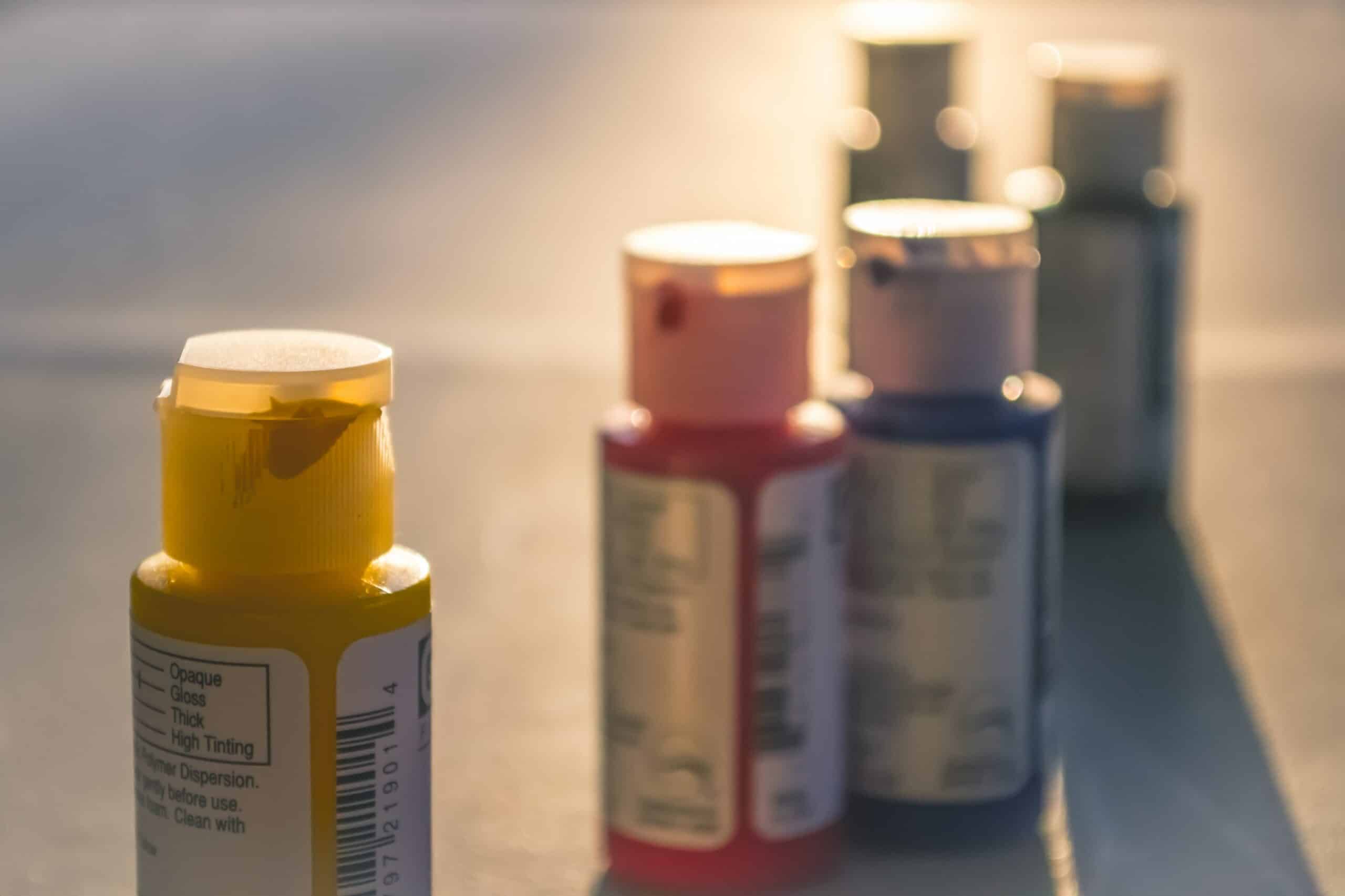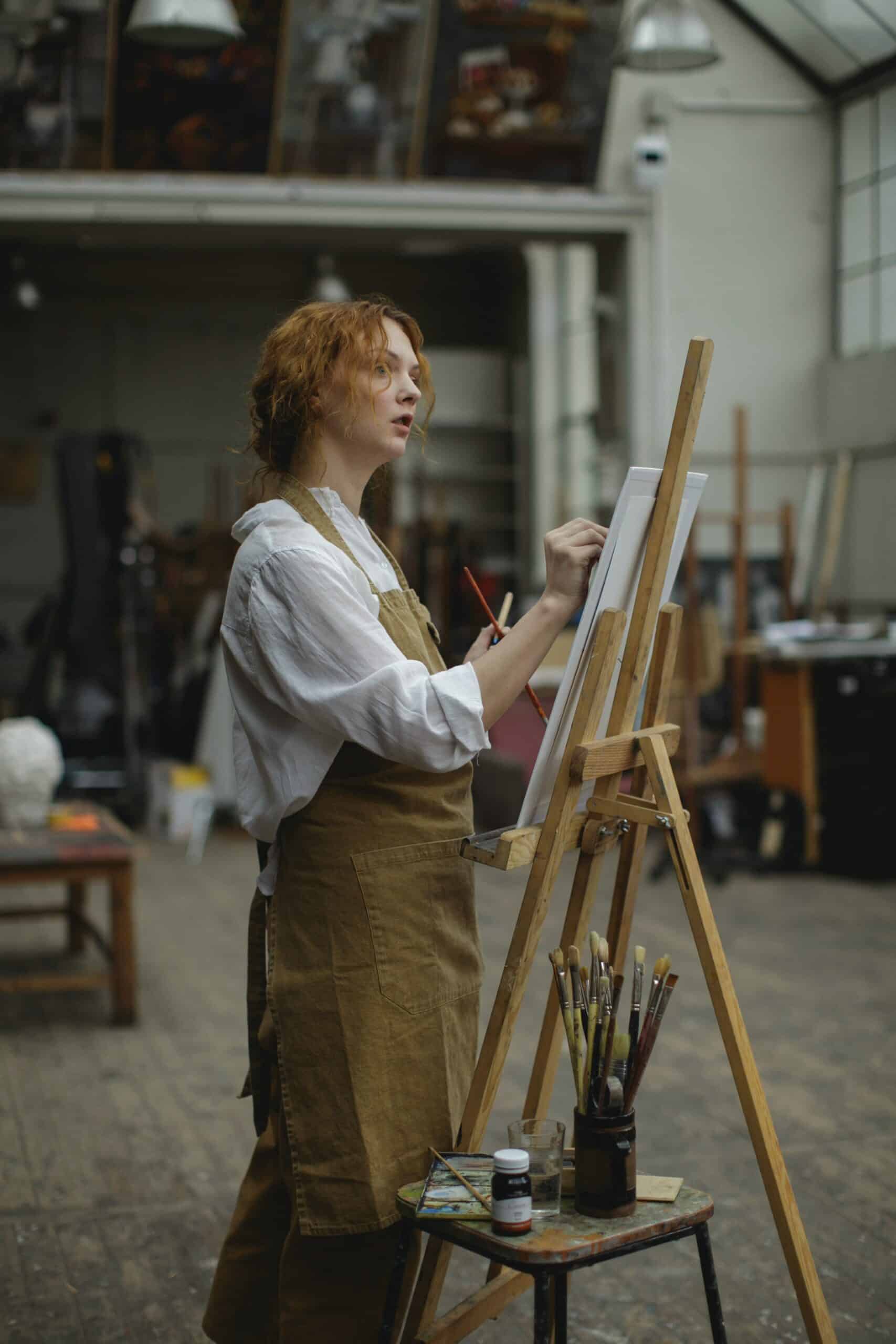How To Waterproof Acrylic Paint
Are you looking to waterproof your acrylic paint? As an acrylic painting specialist, I know how important it is to make sure that the artwork you create will last for years. That's why in this article, I'm going to be showing you exactly how to waterproof acrylic paint.
From choosing the right sealant and preparing the surface properly, there are a few key steps when considering how best to protect your artwork from water damage. I'll also provide some tips on how to avoid common mistakes during the process so that you can achieve maximum results with minimal effort.
By following these simple instructions, you can ensure that your masterpiece remains vibrant and preserved for many years! So if you're ready to get started, let's dive into everything you need to know about waterproofing acrylic paint!
Materials Needed
Painting with acrylics is an exciting and unique way to create beautiful artwork. From the vibrant colors, to the versatility of application techniques, it's no wonder so many people are drawn to this medium! To ensure your paintings last for years to come, though, you'll need to take a few extra steps and make sure they're properly waterproofed. In order to do that, there are some essential materials you'll need - like sealant or varnish specifically designed for acrylic paint. You'll also want quality brushes and sponges that won't shed bristles into your work; good canvas or paper appropriate for acrylic paint; and something to mix your paints on like palette paper or plastic plates. With these items at hand, you can be prepared to start waterproofing your acrylic painting. Transitioning smoothly into the next section about preparation of the paint and canvas will help get us started in our waterproofing journey!

Preparation Of The Paint And Canvas
Before applying any waterproofing coating to acrylic paint, it's essential to properly prepare the surface. There are a few simple steps that you can take before beginning your project to ensure your painting will be as durable and long-lasting as possible. First, make sure the canvas is prepped correctly; this means cleaning off any dirt or dust with a damp cloth and then allowing it to dry completely before starting work. Second, use high-quality paints; these will create a better bond between the canvas and the coatings. And finally, mix your paints thoroughly to get an even consistency throughout each color applied. This will help prevent uneven coverage when adding the protective layers later on. With all of these preparations taken care of, you're ready for the next step: application of waterproofing coating!
Application Of Waterproofing Coating
Now that you have prepped your paint and canvas, it's time to waterproof the acrylic painting. This is an important step in preserving the life of your artwork and keeping it looking great for years to come. According to a recent survey by Home Depot, nearly 70% of people who use acrylic paints don't take this extra step - so make sure to do it!
We recommend using a spray-on or brush-on sealant specifically designed for acrylics. These can be found at any local art supply store or online.
It's important to apply several thin coats rather than one thick coat - this will ensure even coverage without creating bubbles on the surface. Make sure to allow each layer plenty of time to dry before applying more sealant. When finished, let the sealed painting sit undisturbed overnight until completely dry.
Once properly waterproofed, your acrylic painting should last many years with minimal fading or damage due to moisture or other environmental factors. With these tips in mind and proper safety considerations observed, you're ready to start enjoying your beautiful work of art!
Tips And Safety Considerations
When waterproofing acrylic paint, there are a few tips and safety considerations to keep in mind. First of all, make sure you wear protective gloves while applying the sealant or varnish as they may contain chemicals that can be hazardous if touched with bare hands. Additionally, it is important to ensure you have adequate ventilation when working with any type of aerosol spray-on sealants. Lastly, always read and follow manufacturer instructions carefully for best results.

After ensuring proper safety precautions have been taken, you can then begin the process of waterproofing your art piece made with acrylic paints. To get started, prepare your surface by lightly sanding it and wiping away dust from sanding using a clean cloth or paper towel. Next, use a brush or roller to apply an even layer of water-based sealant or varnish over the entire painting surface. Allow the sealant to dry completely before adding additional layers until desired level of protection has been reached. With these steps completed, your artwork should now be protected from moisture damage!
Now that we’ve explored how to properly waterproof acrylic paint let's move on to exploring alternatives available for protecting your work from moisture damage.
Alternatives To Waterproofing Acrylic Paint
Did you know that acrylic paint can be used to create waterproof art? It's true! When properly applied, acrylic paints will protect your artwork from rain and other harsh elements. However, not everyone wants to use a waterproofing solution on their work. Fortunately, there are alternatives to waterproofing acrylic paint that offer comparable protection without the extra hassle.
For starters, polyurethane is an excellent option for creating a water-resistant finish on paintings. A quick coat of this clear sealer will help repel moisture while preserving colors and textures in the painting. Another great alternative is cold wax medium mixed with oil paint – when combined together they form a solid barrier against wet conditions. Lastly, applying multiple thin coats of matte varnish or shellac can also be effective at keeping out moisture.
No matter which method you choose, proper application is essential for ensuring long lasting protection against water damage.
Always test out a small area first before proceeding with the entire piece - this way you'll get familiarized with how it looks and feels so you can make adjustments as needed.

Cleanup And Storage
Now that you know the alternatives to waterproofing acrylic paint, it's time to cover how to properly clean up and store your supplies. Cleanup is easy - all you need are water, soap, and a few rags or paper towels. Start by wiping down any brushes or other tools with soapy water, then rinse them off in plain water until they're clean. After everything has been washed and dried, make sure any excess paint is removed from surfaces (such as palettes) before storage.
When storing your materials, be sure not to stack wet items on top of each other - this can cause damage or smudging.
You should also keep an eye out for signs of mold growth; if left unchecked, these spores can spread quickly and ruin your paintings! Finally, never store products near heat sources like ovens or radiators – high temperatures may dry out the paints faster than expected. With proper cleaning and storage techniques, you’ll have no trouble keeping your supplies safe and ready for use when needed!
Conclusion
As an acrylic paint expert, I can confidently say that waterproofing your work is a great way to ensure its longevity. With the right materials and techniques, you can make sure your paintings are safe from water damage for years to come! The process may take some extra time and effort but in the end it's worth it - after all, who doesn't want their artwork to last?
The tips and safety considerations included in this article should help you get started on making your painting waterproof. Remember: never apply too much of the coating or use solvents on wet paint as they might cause adverse reactions with the acrylics. And don’t forget the importance of proper cleanup and storage afterwards.
Waterproofing acrylic paints will add another layer of protection to any piece of art. It’s well worth taking the extra steps to protect your projects against moisture-related damages so you can enjoy them for many years to come.






